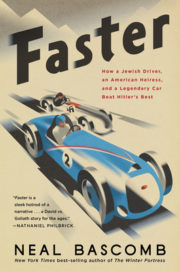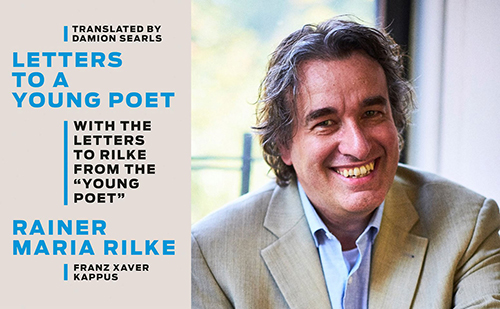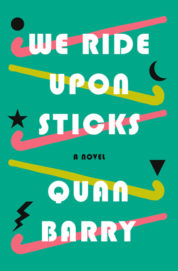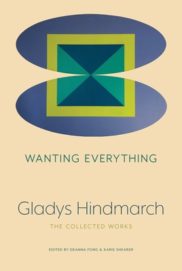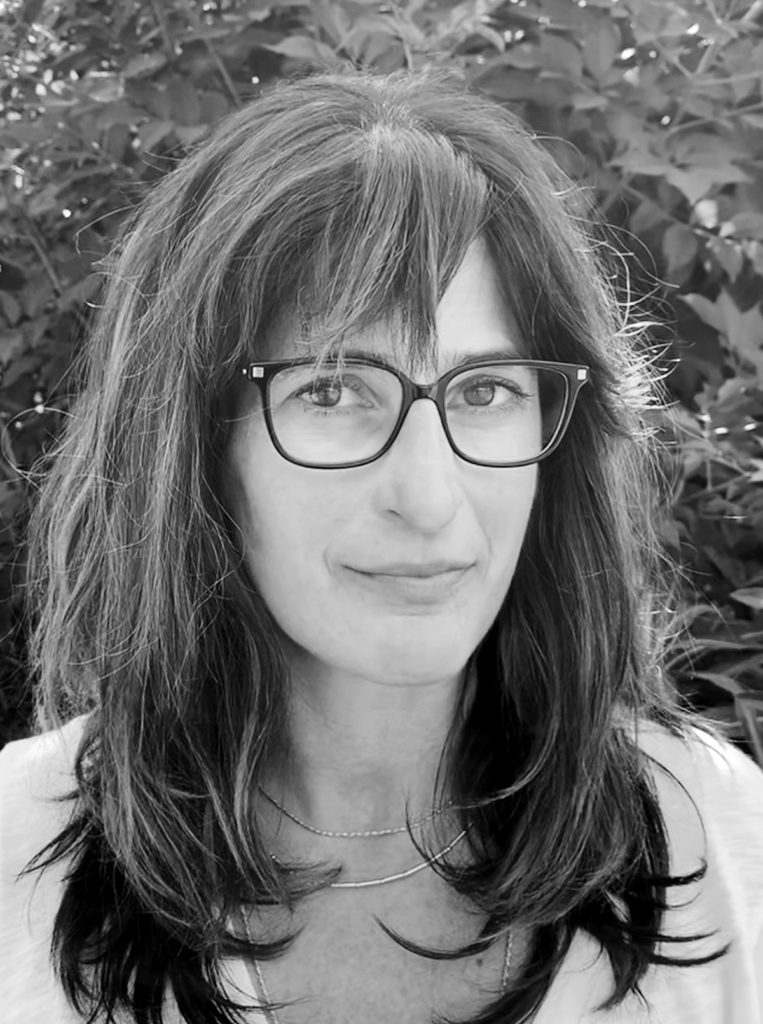 by Benjamin P. Davis
by Benjamin P. Davis
On July 23rd, 2020, The New York Times Magazine ran a story entitled “The Great Climate Migration Has Begun.” “Our model projects that migration will rise every year regardless of climate, but that the amount of migration increases substantially as the climate changes,” the team of authors write. “In the most extreme climate scenarios,” they continue, “more than 30 million migrants would head toward the U.S. border over the course of the next 30 years.” Politicians need to respond to both migrants and what causes their migration; journalists need to document and explain push and pull factors. But just what is the role of literature during these climatic and demographic changes?
Micheline Aharonian Marcom offers an answer in The New American (Simon & Schuster, $26), a novel that follows the epic story of Emilio, a Guatamalan-American who attempts to make his way back to California following his banal, but brutal, deportation. After we collaborated on a series about politics amidst the pandemic, I asked Marcom if we could discuss further writing amidst and about human journeys, dreams, and mixings. Our discussion is below.
Benjamin P. Davis: As Emilio begins his journey north, “he is too unsettled to read.” Writing is also difficult, including on his second day, when he “stares at the paper for a time.” Can you comment on the material conditions required to read and write, to receive and to tell stories?
Micheline Aharonian Marcom: For myself at least, the best conditions for reading and writing are a certain amount of quiet, and what I think of as “settledness”: I generally find it difficult to reflect deeply when I’m traveling, in particular if I feel anxious and, as I imagine Emilio felt while beginning the journey north, uncertain about what lies ahead—in his case what awaits him moment to moment in an unknown place and focused only on the journey itself and getting back home.
BPD: A theme of The New American is what each of us carries. You write about the journey north, “Each man, each woman, carries the reasons in their pocket.” A white stone is particularly important to Emilio—“The only thing Emilio now carries on this earth.” Later “he can’t help but think about what he does not carry because he lost it along the way.” You also use the Spanish verb meaning “to carry” when Emilio explains to Matilde what he asked of the stranger: “Intenté convencerle llevarnos a una parada de autobús.” Why does it matter what we carry and who is willing to carry us?
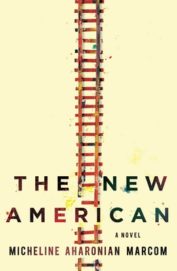 MAM: While doing research for The New American, I was often struck by what migrants and refugees determined to take with them and what they didn’t, and by what was lost along the way. It’s a risk to take valuables north because robbery on the migrant trail is rampant, and most people only take what they can carry in a small backpack. So what does one take? Many individuals take photographs of loved ones, religious objects—crosses, icons, and the like—pieces of paper with phone numbers of relatives, a few personal items, and extra clothes. Many such items have been found in the Sonoran Desert, where it is estimated that since 1999 over 3,000 migrants have died or disappeared while trying to cross over into the United States.
MAM: While doing research for The New American, I was often struck by what migrants and refugees determined to take with them and what they didn’t, and by what was lost along the way. It’s a risk to take valuables north because robbery on the migrant trail is rampant, and most people only take what they can carry in a small backpack. So what does one take? Many individuals take photographs of loved ones, religious objects—crosses, icons, and the like—pieces of paper with phone numbers of relatives, a few personal items, and extra clothes. Many such items have been found in the Sonoran Desert, where it is estimated that since 1999 over 3,000 migrants have died or disappeared while trying to cross over into the United States.
I’ve also been thinking quite a bit lately about how as people travel, and goods, mostly through trade, so do ideas: cultural, linguistic, and religious. This has always been true, if we look even cursorily at the ancient world where objects and knowledge were exchanged between Egypt, Mesopotamia, Persia, India, and of course the Hellenic world. There are countless examples of shared beliefs, knowledge, technology, and goods—not least of which is our very alphabet, which derives from the Ancient Greek in the eighth century BC, and came before that from Phoenecian traders who themselves had gotten it from a Canaanite script adapted from the Egyptian hieroglyphic. And of course, the Abrahamic religions come from Near East as well.
BPD: In a way, the story is about globalization, including the colonial relationships that are inherent in that term. “Countless items crisscross the earth’s surface,” Emilio reflects, “with more ease than ever in human history, including all of the things I am carrying today that were manufactured in China and purchased in northern Mexico and sit inside a blue bag on the back of a man who is only trying to get back home.” Why is it important to depict the details of globalization, the faces and days of those who live and suffer it—instead of simply observing a country’s GDP and official stories?
MAM: One of my favorite writers of the second half of the twentieth century is Danilo Kiš from the former Yugoslavia. Kiš’s mother was Orthodox Christian and his father was Jewish, and during World War II his father was arrested and taken to Auschwitz, where he perished, while Kiš and his mother and sister managed to avoid deportation and survive because they’d been baptized in the church. Much of Kiš’s work takes up stories of individuals, including several novels based on his father’s life, who are living through periods of historical upheaval and violence that catches them in its net, much like it did his family. In an interview Kiš once gave he said, “I believe that literature must correct History. . . . Literature corrects the indifference of historical data by replacing History’s lack of specificity with a specific individual.” For myself this capacity of literature, if not in some measure part of its duty, has been a guiding force in many of my novels. Kiš puts it another way in his masterpiece, A Tomb For Boris Davidovich, about the show trials, purges, and violence of 1930s Stalinist Russia: how literature is a kind of cenotaph for the missing and defeated, the silenced dead of history who have had no proper burial, whose names and existence have been elided or erased, and who might have a reckoning, a preservation, in letters. Only literature and storytelling consider the individual in this manner.
BPD: Page after page you return to questions of belief, a more abstract form of carrying: “I see the world in you and although I am still not a believer, I believe in you and the stony dark earth, the dome of the sky, the silent gibbous moon, in human determination and even in some kind of hopefulness that we might carry.” Why do you take a step back from hope itself here, instead invoking a qualified, “some kind of” hope?
MAM: I’m not sure that Emilio, in that instance, is taking a step back from hope, but if I am to parse it now, delineating the difference between what we might do as human beings, what we might choose: faith in god/the gods, in compassion, love, and hope even under the most difficult of circumstances, versus a fall into nihilism, avarice, selfishness and despair. These are perhaps old choices and part of an ongoing debate in philosophy and religions. For Emilio, who is not a believer in the specific “kind” of hope the Catholic church delineates, there is still the possibility present for a belief that comes through observing the beauty and grandeur of the natural world, through a witnessing of care between strangers as he does on the journey north, and through the experience of love he has with Matilde. In other words: having a religious outlook without necessarily being a believer of one specific sect or another.
BPD: Early on, Emilio wishes he believed in God, but he does not and therefore cannot pray. Late in the story he is honest about his struggles with faith—“I don’t know what I believe”—even when he leverages his Biblical knowledge in asking the stranger for help. Do you see the religious impulse, what the stranger calls his “sacred duty,” as a way into larger social struggles?
MAM: To this I can say the following: when I researched and wrote The New American, and during the intervening years of interviewing individuals in California who had made the journey north, one of the things that often struck me was the devotion and faith so many individuals had in God, in the Virgin, in Christ—and the concomitant capacity to find greater meaning in life and transcend the daily suffering and miseries which a purely material positivist understanding of the world does not permit. For me personally I can add that writing books has, over time, increased my sense of wonder and of the sublime—of the godhead at work in the world and in art. I don’t think for human beings there is any “outside” of religions and cults—isn’t modern capitalism religious in its views on “progress,” “growth” and expanding GDPs where greed has become an ethical imperative devoted to the calling of making money?
BPD: You portray a moving sex scene between Emilio and another migrant. The scene occurs in the wake of her being violated on the journey, and her stress around her physical and spiritual healing is part of what makes the scene emotive. There is hesitation in her voice, “anxiety filling it up like water does a glass.” Multiple times Emilio makes sure to wait for her consent after stating his desires. “I want to see you, feel your skin against mine, and she says okay.” I found this scene important because, despite overwhelming rates of domestic and intimate partner violence in this country, there is a dearth of literature on “co-surviving,” on what it means to have a relationship with another when one or more parties struggle with the weight of previous abuse. Thank you for addressing this. Would you like to comment on the scene, on where Emilio is at in this point of the story, or on how care and companionship can heal?
MAM: There is an old Marvin Gaye song where he sings something simple and beautiful about how loving “helps to relieve the mind, and it's good for us.” I think that erotic life has the capacity to give great pleasure, connection, ecstasy—and like Gaye sings in “Sexual Healing,” to be a “medicine” in that sense. Perhaps like all medicines, it can be curative or poison—depending on its use and users. I think the way Diotima explains it to Socrates in Plato’s Symposium remains true: In physical passion there must be devotion to the beloved for eros to be of a transcendent nature.
BPD: In ending The New American—the first ending, we might say—you address what stories can do, their strengths as compared to dates and statistics but also their limitations compared to movies. Why write a novel in a time when “no one reads books anymore”?
MAM: A good question! For one, I love books, and reading, and can’t imagine a meaningful or enjoyable life without them. And at the end of the day, and despite my own doubts at times, writing makes me happy. This book, however, is very different from others I’ve written, much more ‘driven’ by the plot as it moves forward in time—and in some ways unfolded in my imagination as a series of moving images.
And it goes without saying that books are not written only for the year they are published, but, if they endure, for the readers who have not even been born, or for their time of translation into another language and culture. There are so many books which I feel were written for me, even if they were made hundreds of years ago in Spanish, Ancient Greek, Armenian, or Japanese. As with every book I’ve undertaken, I wrote it because I felt an urgency to do so, because I wanted to inquire more deeply into its subject. Nothing else could keep me in my chair for the years it takes a book to find final form.
BPD: In many ways The New American is about dreams. It takes “a tragedy” for Emilio to change his major from economics to history and to pick up a minor in film studies. When I talk to my students, I am often surprised by an overwhelming pre-professionalism. Can stories shift dreams away from professional futures, corporate jobs that reproduce the push factors driving Emilio and so many others north? Would you count yourself among advocates reclaiming amateurism, the love (amare) of work that is behind that word?
MAM: The university has, as many before me have remarked, become a place of hyper-specialization, training for particular professions, and less one where students are expected to study deeply and broadly in multiple disciplines—history, languages, art, philosophy, math, and the natural sciences. While I’m sure there are benefits for students to prepare themselves for future careers—and who doesn’t want their students to find jobs after college?—there are losses: the biggest might be having less ability to see larger, cross-disciplinary patterns. The divides of disciplines themselves are an invention after all, one that inhibits an understanding of connections, of synthesis, of seeing what Baudelaire called “correspondences”—which seems to me one of the most interesting and exciting things about scholarship and study. One of the main pleasures of being alive, I think, is tied to the excitement of coming to know, and part of what I love about writing novels is that each one inquires into various things I’m curious about and would like to know better. I also think that the imagination ought to be appreciated as an important part of our acumen and intelligence—for how can we come to know something that is not yet known except by way of our imaginative capacity (by which I don’t mean fantasy)? How can we otherwise “see” beyond the visible world into the invisible and intelligible one?
BPD: In a beautiful reflection from June of this year, you inquired into how languages and fonts have travelled in relation to “larger migrations, connections, and hybridities.” At the end of The New American, you present “the boy who will be Mam and Chorotega, Spanish, and French. The mixing of blood on this land continues.” What is the status of mixing across your work?
MAM: I love all the beautiful mixing, hybridity, multiplicity, manifestations of culture, knowledge, and life—human and non-human. Notions of blood purity, like linguistic, cultural, or racial purity, are of course fictions, but ones that can become established ideology, as history teaches, can invade minds like a virus, and are often used to justify domination and conquest. That’s one of the reasons I love the novel: it’s like one big garbage bin, with room for everything including the detritus! As long as the pattern of the book, or form, can “hold” it together.
And I remain curious about all the many ways in which knowledge, technology, and stories have migrated and continue to migrate and metamorphose across space and time. Something as familiar, for example, as the fairy tale we know as “Cinderella” had early iterations in ancient Greece and China, can be found in the 1001 Nights in Arabic, later appears in 17th century Italy and France, was included in the Grimm brothers’ collection in Germany in the 1800s, and eventually became adapted as the Disney animated feature for children in 1950 that I watched in Los Angeles in the 1970s as a young girl.
BPD: A line stayed with me from your 2008 novel Draining the Sea, that “inside America there is always a story about Europe, just as inside freedom there is always a story about slavery.” Your work has cut across geography as much as it speaks to the highest ideals and the lowest practices in the history of this country. Can you say more about these stories within stories?
MAM: Perhaps it is that we human beings who possess language and for whom language, and story, are fundamental—to the creations of cultures, religions, histories, and nations—must remember that it is so. So much of what we “see” and think of as reality is a set of accepted ideas of an age, some of which alter in time, and then there are those stories that endure, that encode a longer-lasting wisdom and truth. As it says in the Yogavasistha, quoted by the great synthesizer and thinker Roberto Calasso in his book Ka, “The world is like the impression left by the telling of a story.”
BPD: You are the founder and creative director of the New American Story Project. That’s important. Can you tell our readers something about the work you are doing?
MAM: As I did research for The New American I sought, as I often do, to read or listen to stories of individuals who had had the experience of migrating across Mexico themselves. And while there was a certain amount of journalistic coverage, mostly via Mexican and Central American or Spanish language press, there was very little in the way of first-person recounting. For both personal reasons (my grandmother was a child refugee in Lebanon after the Armenian genocide and I wish that someone had at that time recorded her story and other refugees like her) and aesthetic ones (I am a great admirer of Svetlana Alexievich’s oral literature work), I came eventually to found the New American Story Project. NASP is an online digital project currently dedicated to recording the stories of unaccompanied minors from Central America. In addition to those stories, there are interviews with scholars, immigration attorneys, human rights activists, and others to give a greater context both historically and actually to the causes and realities of this modern-day refugee crisis on our southern border. I think of NASP as a “novel in voices”—a choral, multi-dimensional way to tell a complex, emergent story—and a living archive of testimony, data, and expert analysis.
BPD: I have been talking recently with friends who are writers and artists about what we do not say, what we leave out, in our work. Sometimes we wish we would have made our point more clearly, in plainer language. Other times we wish we would have had the courage to argue for the contrarian points we hold closer to us. And of course we almost never have the opportunity to speak back to our former selves and their critics. So I will give you that opportunity. Is there anything from your work you want to emphasize to close?
MAM: There are many things I think, opinions I have, points I want to make—but, at the risk of sounding coy: I know that the novels I write are not the place for them. Novels, as aesthetic works, require a certain discipline in that sense. In a way I always have to get my ego out of the way when writing to be in service to the story itself—its truths, its contradictions even, its ambiguities and paradox—and to do so without moralizing as much as I can. And then of course a book has a pattern, a coherence and unity, a final form that must be attended to for it to work as imaginative literature.
Over time I have come to understand that literature, again to quote Calasso, is never the product of a single subject but is always the product of three actors: “the hand that writes, the voice that speaks, the god who watches over and compels.”
Click here to purchase this book
at your local independent bookstore

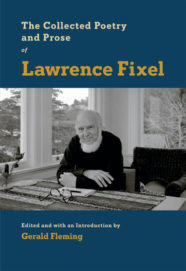 Lawrence Fixel
Lawrence Fixel
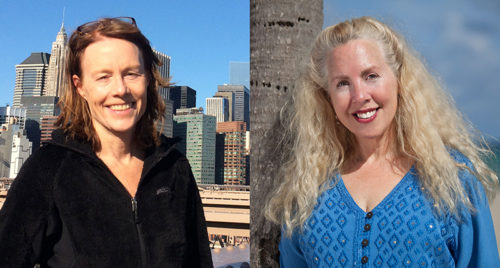



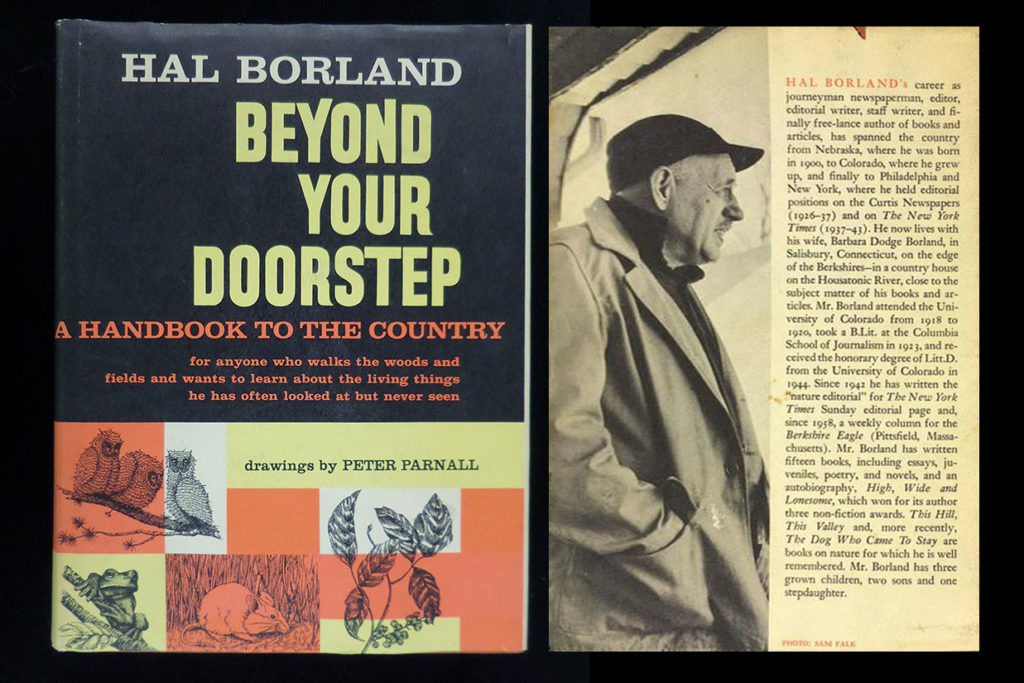 by John Toren
by John Toren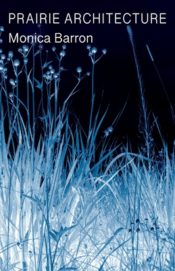
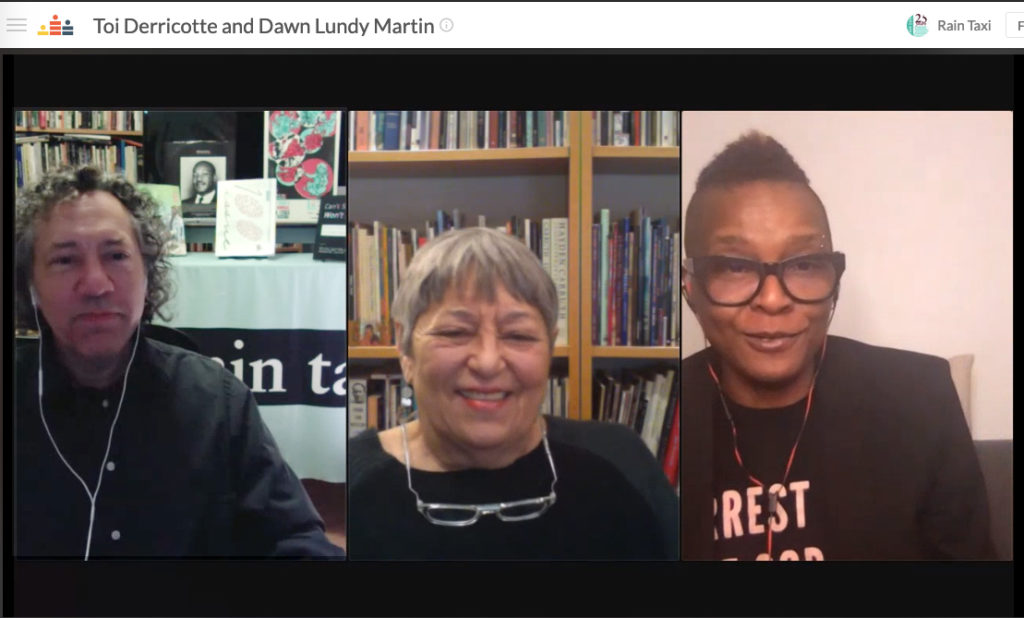
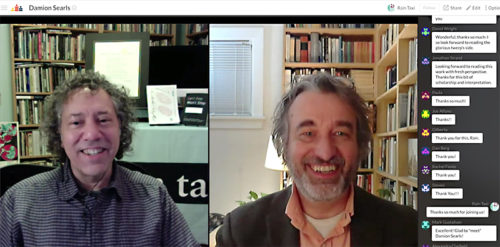
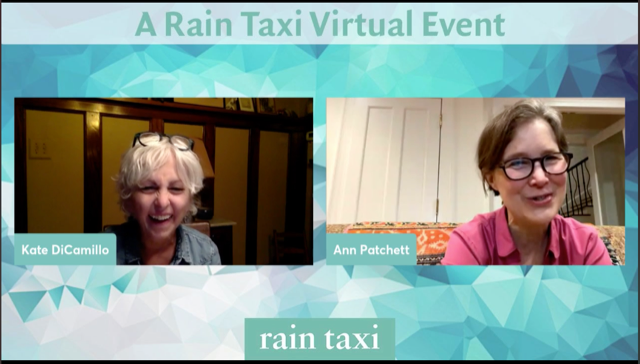
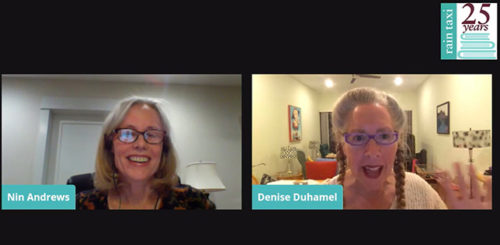
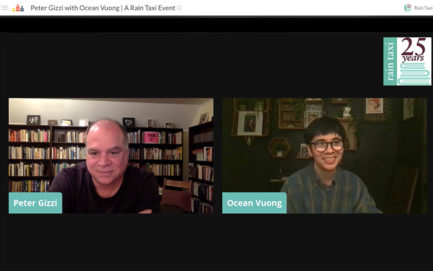
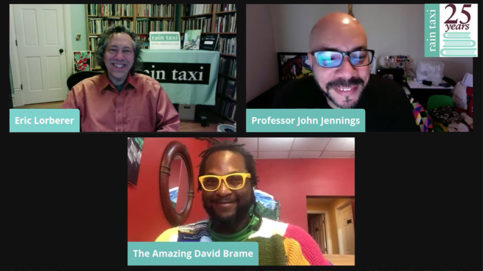

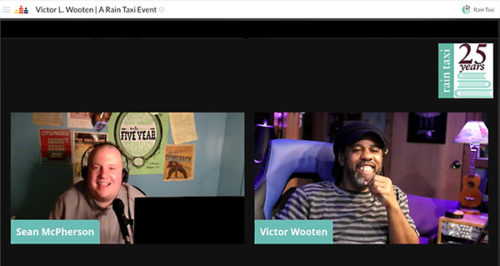
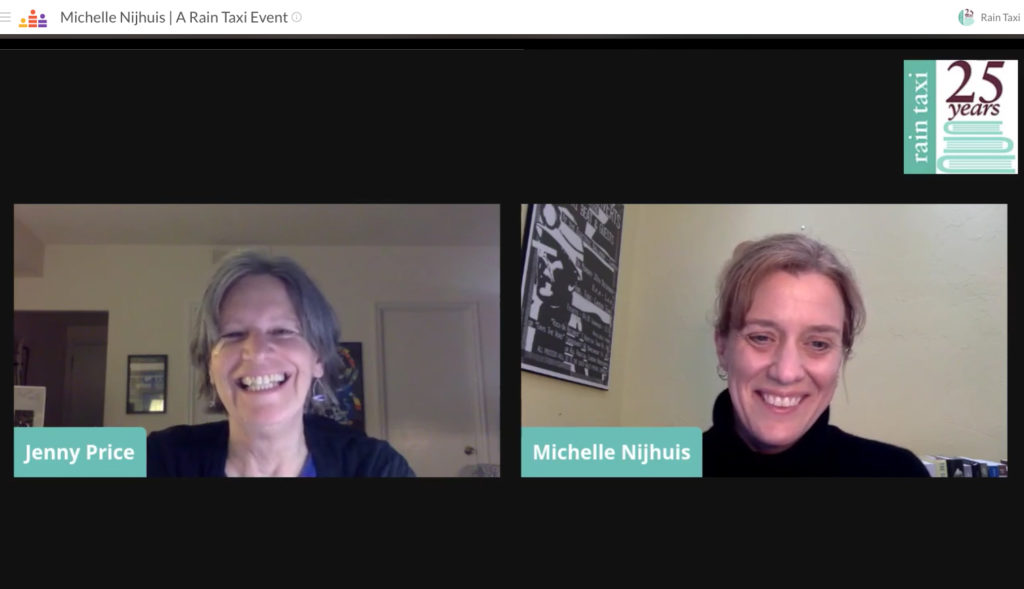
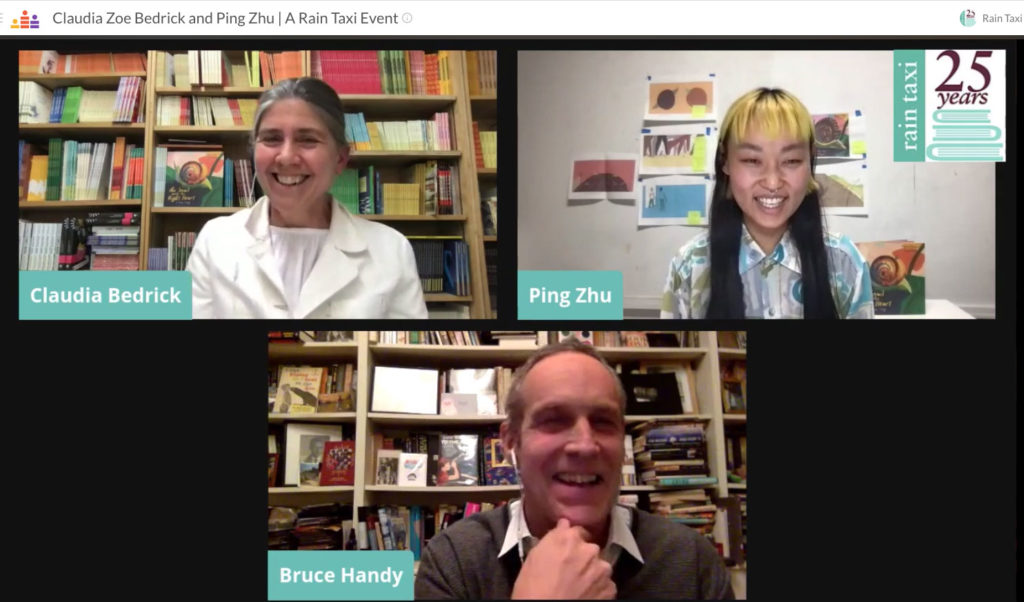 The publisher of Enchanted Lion Books, Claudia Zoe Bedrick, and illustrator Ping Zhu celebrated their new picture book release, The Snail with the Right Heart, a gorgeously illustrated nonfiction tale written by Maria Popova about creation, evolution, and a snail named Jeremy. Author, essayist, and editor Bruce Handy moderated the conversation, which covered the challenges of illustrating, editing, and more.
The publisher of Enchanted Lion Books, Claudia Zoe Bedrick, and illustrator Ping Zhu celebrated their new picture book release, The Snail with the Right Heart, a gorgeously illustrated nonfiction tale written by Maria Popova about creation, evolution, and a snail named Jeremy. Author, essayist, and editor Bruce Handy moderated the conversation, which covered the challenges of illustrating, editing, and more.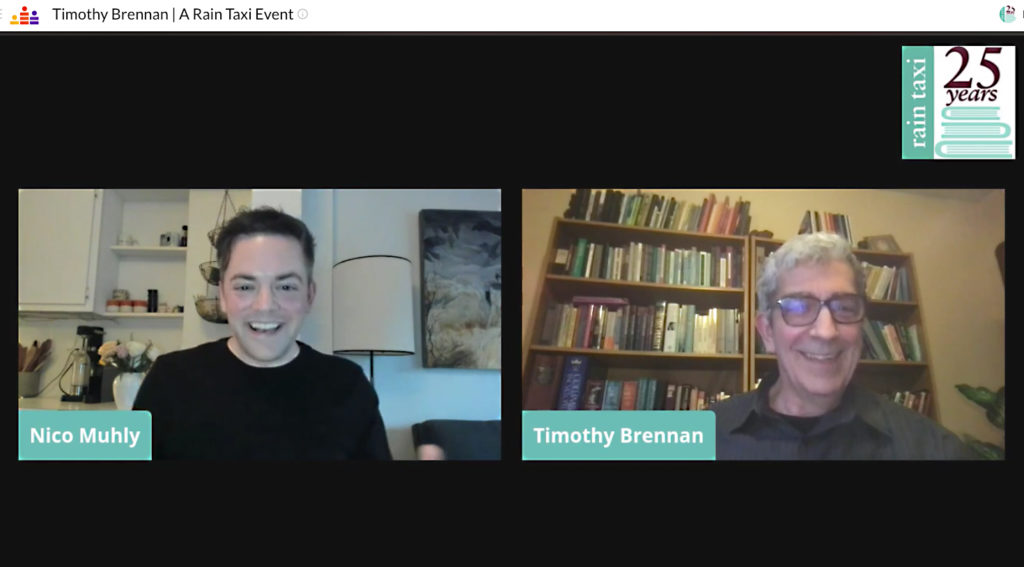
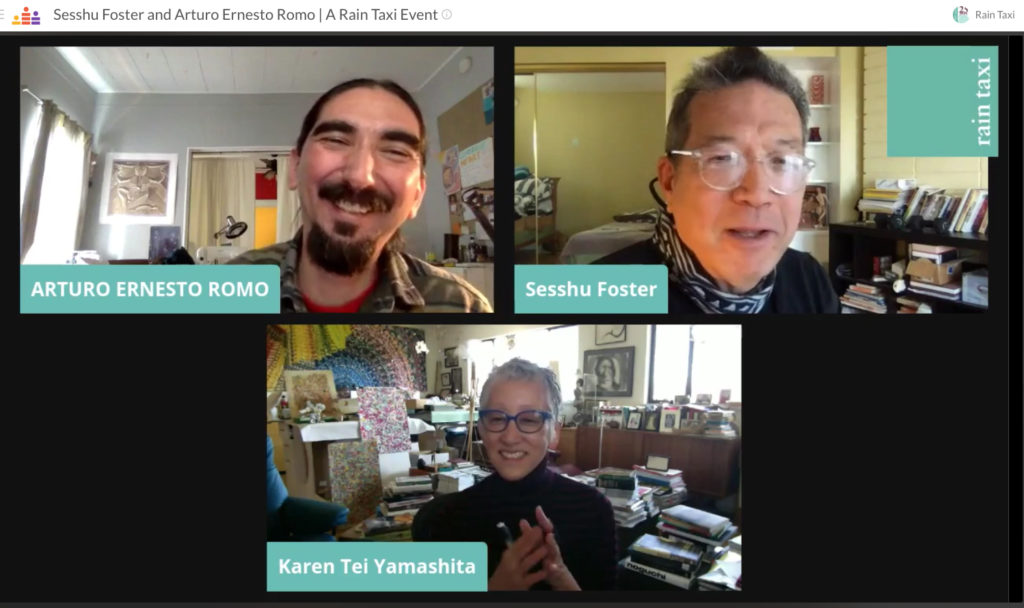
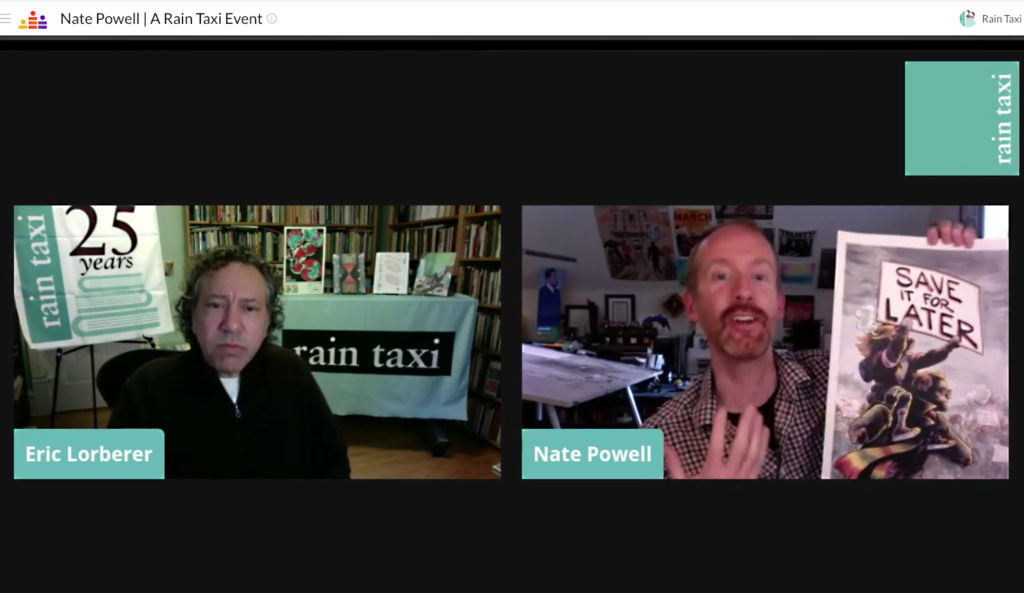 National Book Award-winning cartoonist Nate Powell (whose work includes illustrating civil rights icon John Lewis’s historic March trilogy) discussed his newest collection of comics essays, Save It for Later: Promises, Parenthood, and the Urgency of Protest (Abrams ComicArts). Powell talked with Rain Taxi editor Eric Lorberer about his inspiration for writing this book in the wake of the last five years, as well as his creative process. This event can be viewed on Rain Taxi’s
National Book Award-winning cartoonist Nate Powell (whose work includes illustrating civil rights icon John Lewis’s historic March trilogy) discussed his newest collection of comics essays, Save It for Later: Promises, Parenthood, and the Urgency of Protest (Abrams ComicArts). Powell talked with Rain Taxi editor Eric Lorberer about his inspiration for writing this book in the wake of the last five years, as well as his creative process. This event can be viewed on Rain Taxi’s 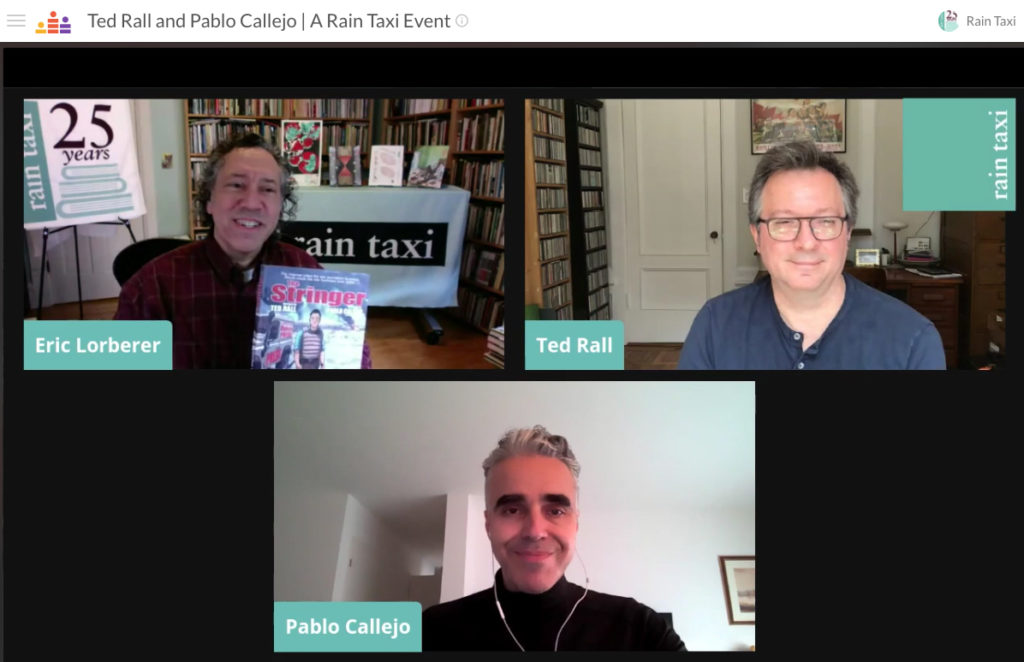
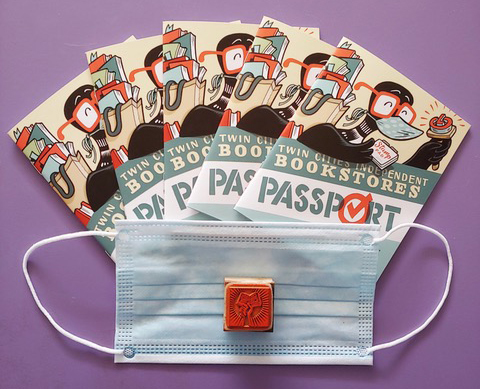

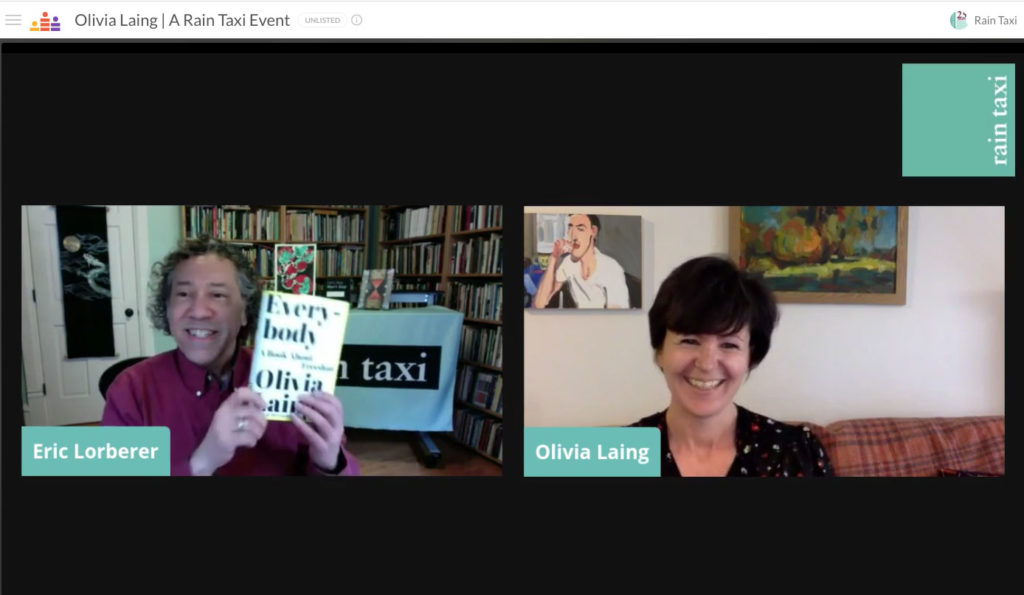
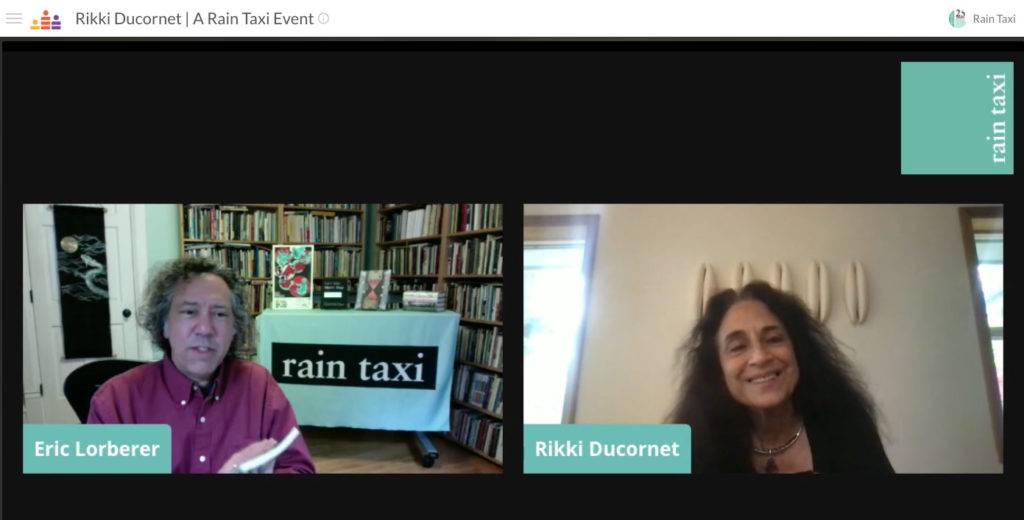
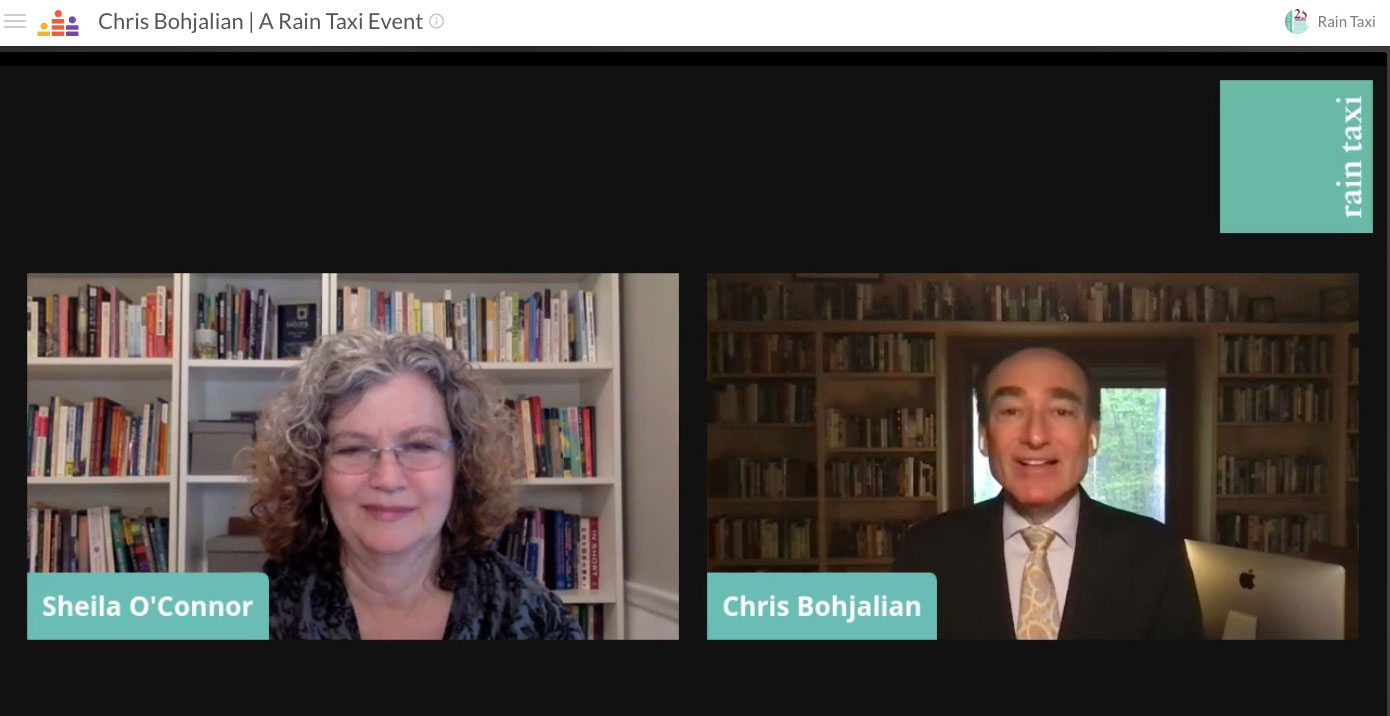 New York Times bestselling author Chris Bohjalian discussed his new novel Hour of the Witch (Doubleday) with Minnesota Book Award winner Sheila O’Connor. This lively and erudite conversation focussed on the intense research that produced this timely novel, set in 1662 Puritan Massachusetts, following the life and trial of a woman who faced the superstitions and bigotry of her time. The event was co-sponsored by Rain Taxi and Literature Lovers Night Out. Book sales were provided by Valley Booksellers. This event can be viewed on Rain Taxi’s
New York Times bestselling author Chris Bohjalian discussed his new novel Hour of the Witch (Doubleday) with Minnesota Book Award winner Sheila O’Connor. This lively and erudite conversation focussed on the intense research that produced this timely novel, set in 1662 Puritan Massachusetts, following the life and trial of a woman who faced the superstitions and bigotry of her time. The event was co-sponsored by Rain Taxi and Literature Lovers Night Out. Book sales were provided by Valley Booksellers. This event can be viewed on Rain Taxi’s 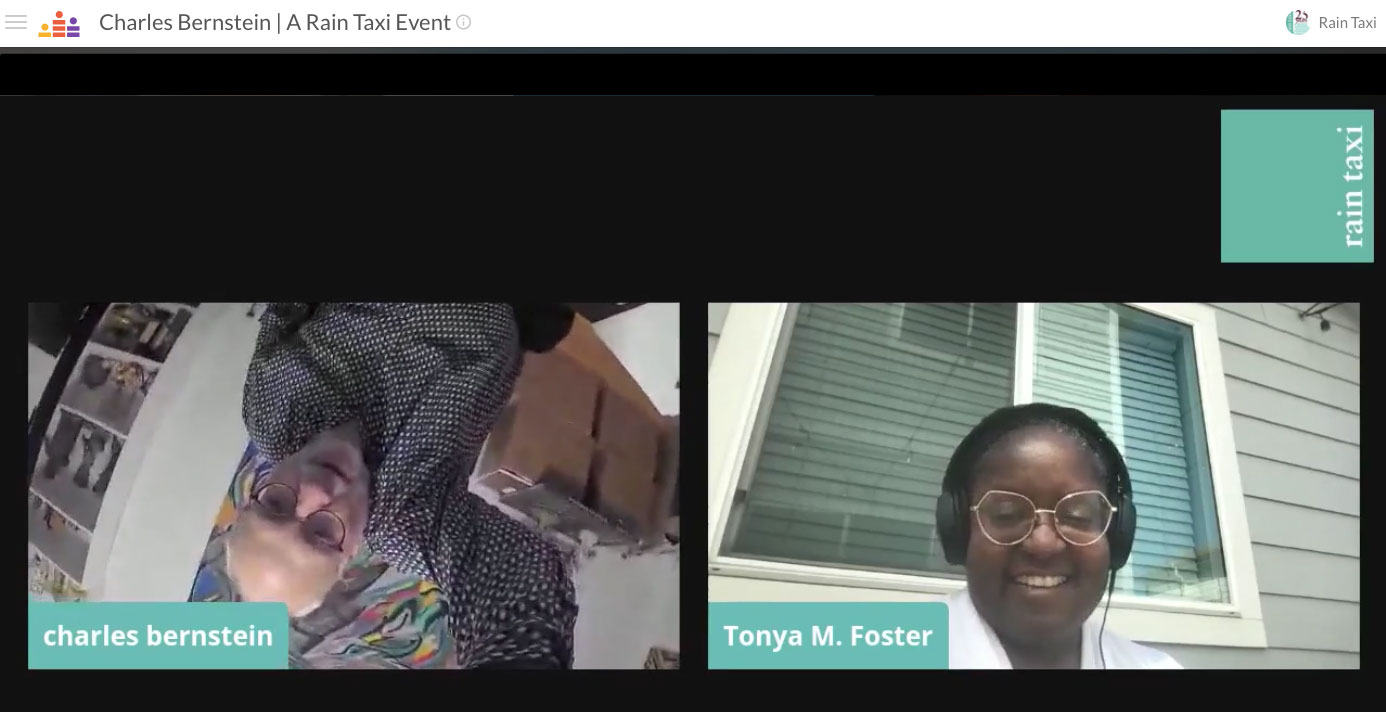
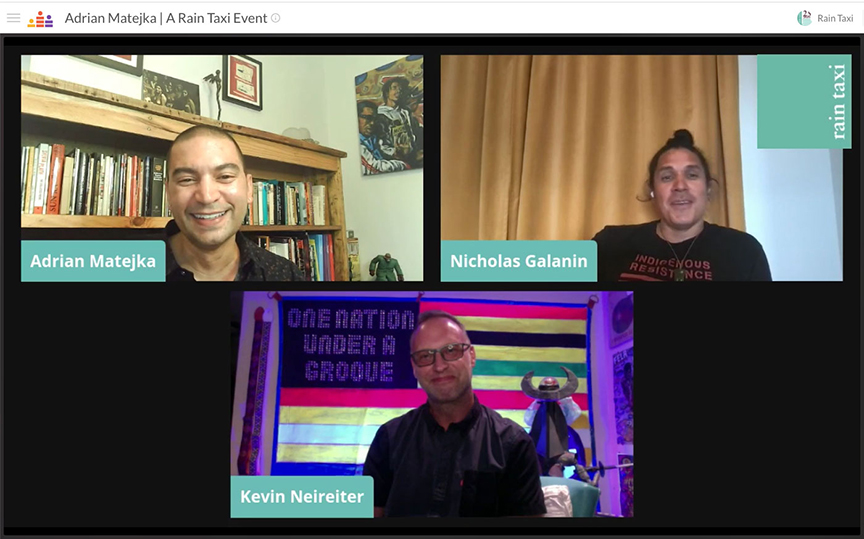
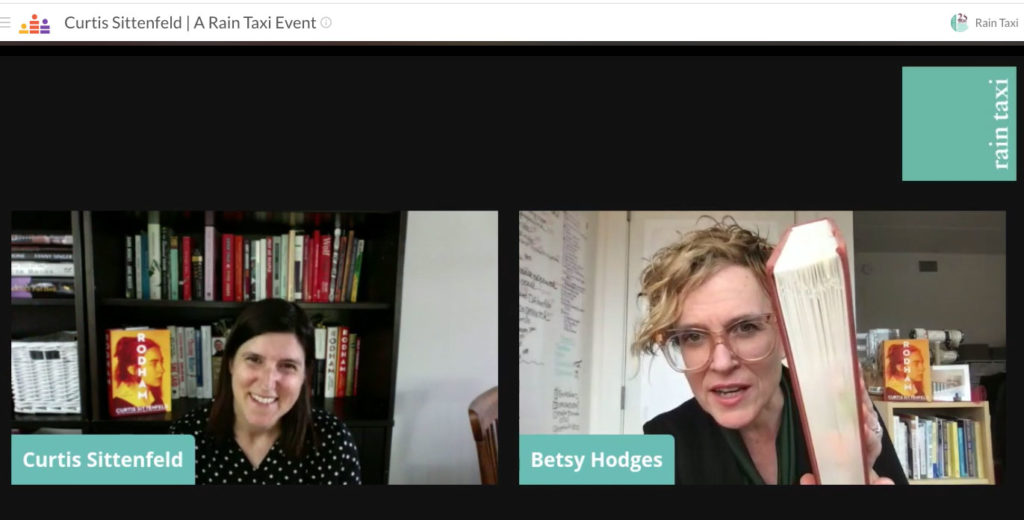
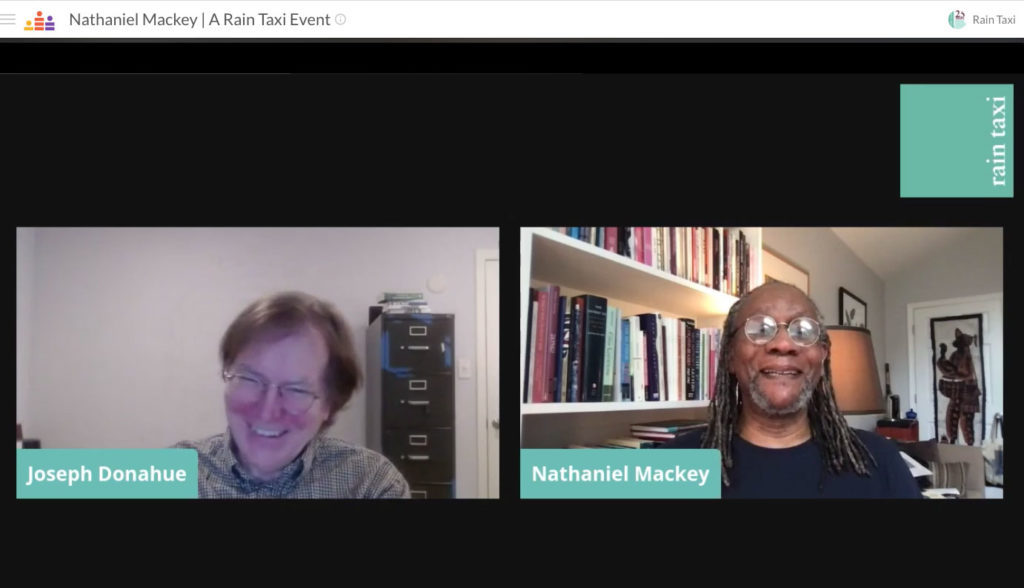
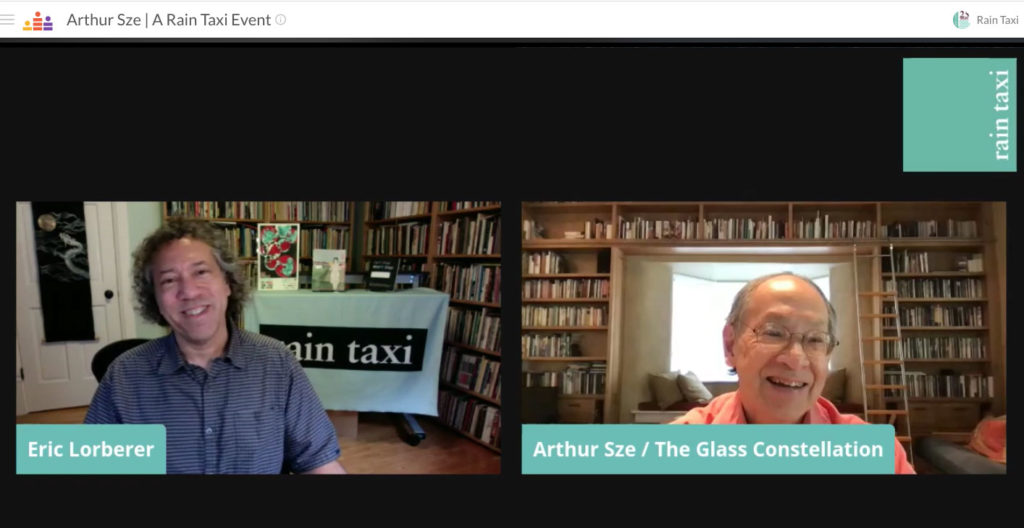
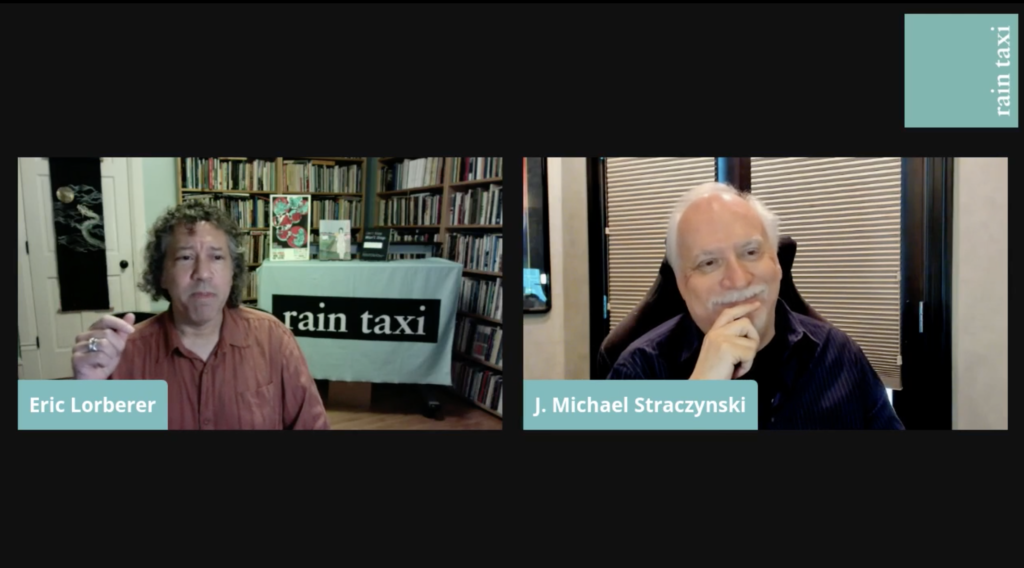

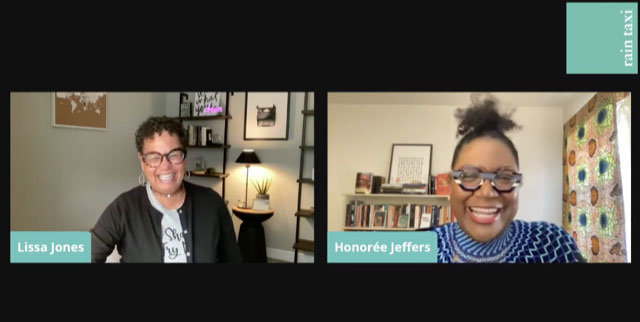 Rain Taxi helped welcome award-winning poet Honorée Fanonne Jeffers to the front ranks of American novelists with a book launch for The Love Songs of W.E.B. Du Bois (Harper). Jeffers discussed the epic and intense history of a family and a country with Twin Cities-based radio and podcast host Lissa Jones-Lofgren. This event can be viewed on Rain Taxi’s
Rain Taxi helped welcome award-winning poet Honorée Fanonne Jeffers to the front ranks of American novelists with a book launch for The Love Songs of W.E.B. Du Bois (Harper). Jeffers discussed the epic and intense history of a family and a country with Twin Cities-based radio and podcast host Lissa Jones-Lofgren. This event can be viewed on Rain Taxi’s 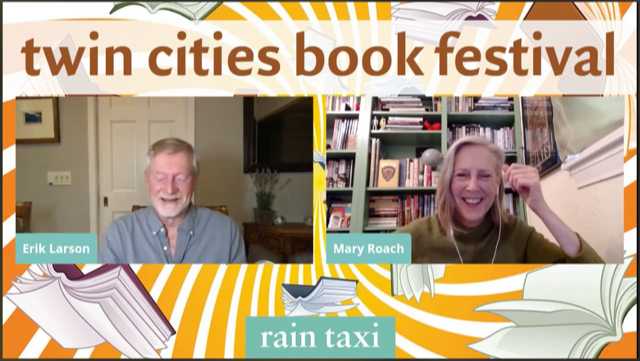


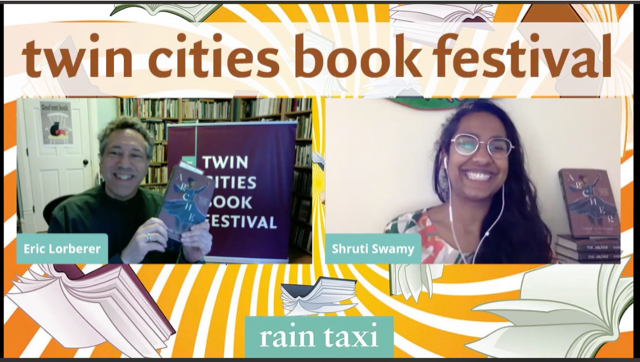 Rain Taxi welcomed fiction phenom Shruti Swamy to discuss her debut novel The Archer (Algonquin Books) with Rain Taxi Editor and Twin Cities Book Festival Director Eric Lorberer. The event can be viewed on Rain Taxi’s
Rain Taxi welcomed fiction phenom Shruti Swamy to discuss her debut novel The Archer (Algonquin Books) with Rain Taxi Editor and Twin Cities Book Festival Director Eric Lorberer. The event can be viewed on Rain Taxi’s 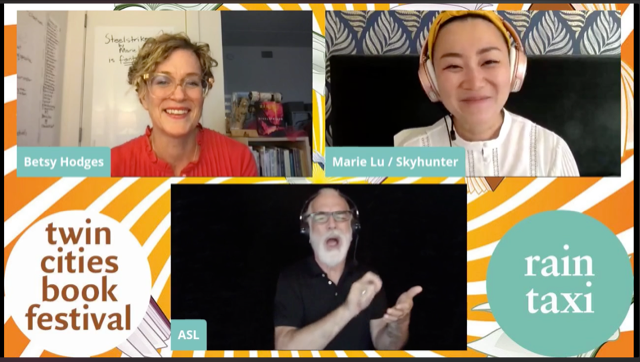

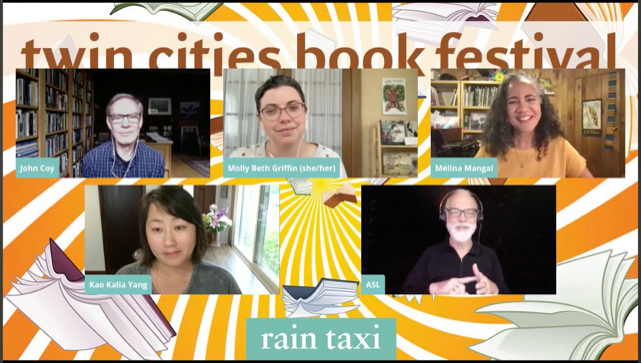
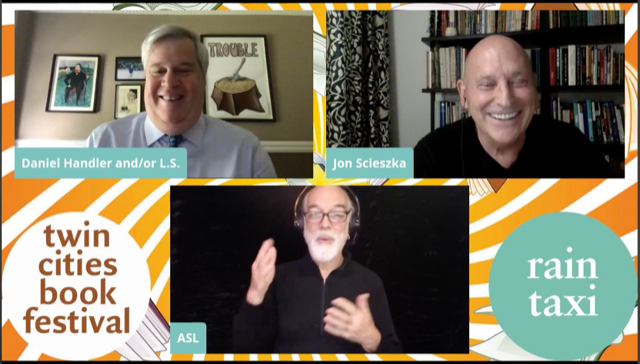 Rain Taxi welcomed titan of the silly Lemony Snicket (care of Daniel Handler) to discuss his latest release, Poison for Breakfast, with fellow funnyman Jon Scieszka. The event can be viewed on
Rain Taxi welcomed titan of the silly Lemony Snicket (care of Daniel Handler) to discuss his latest release, Poison for Breakfast, with fellow funnyman Jon Scieszka. The event can be viewed on 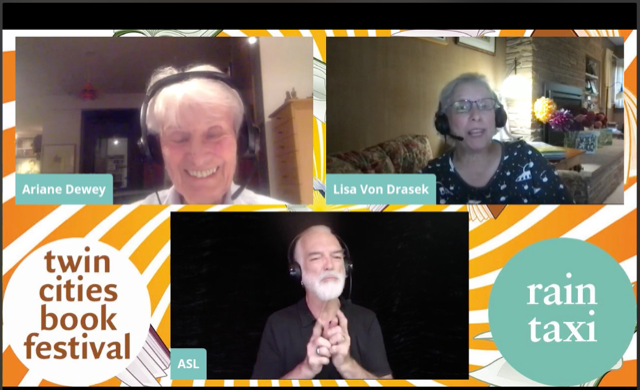
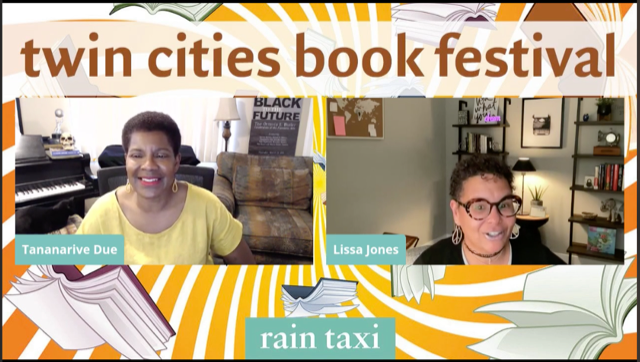
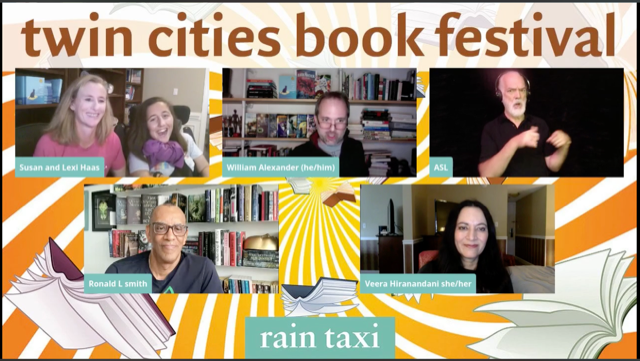

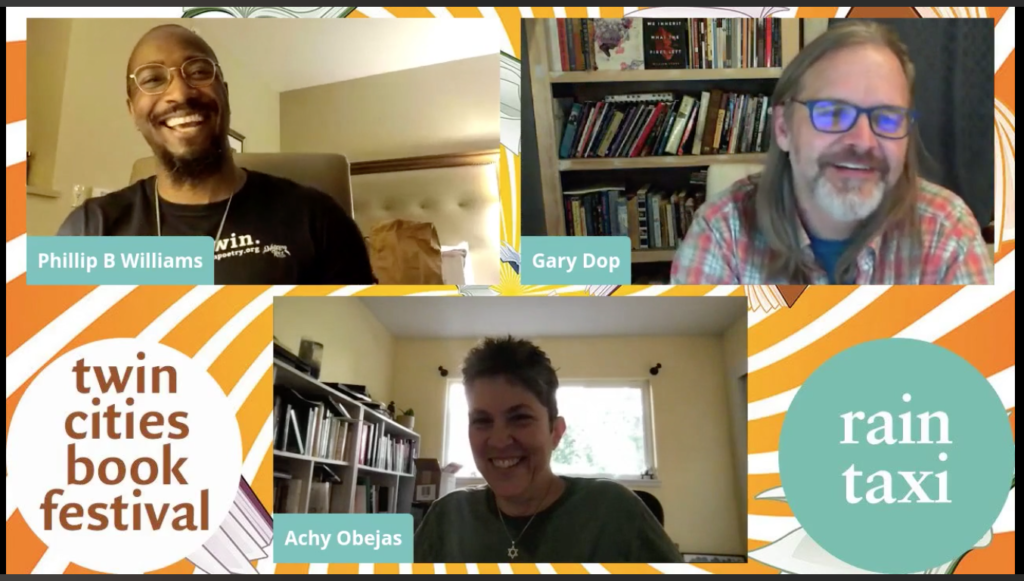
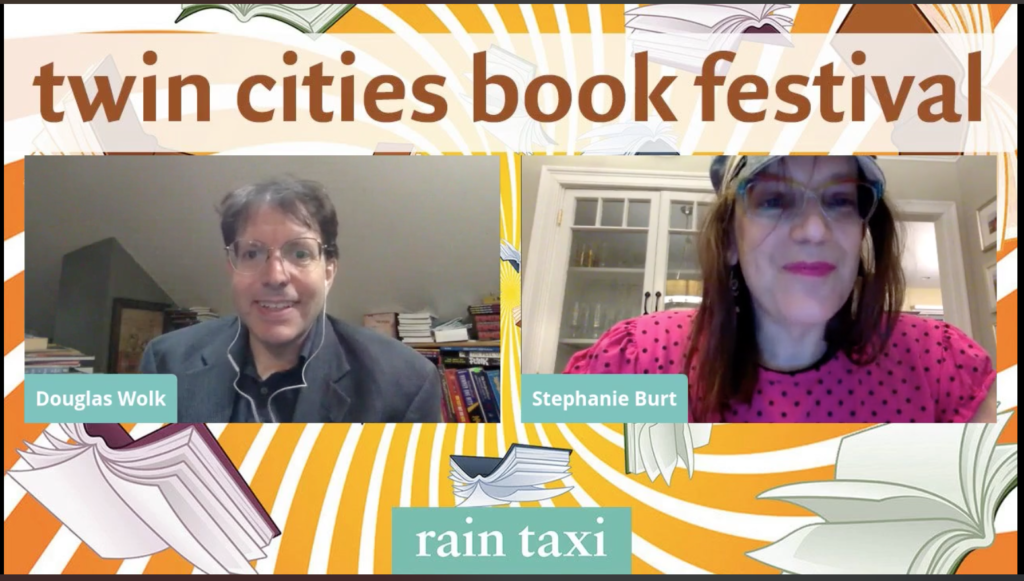
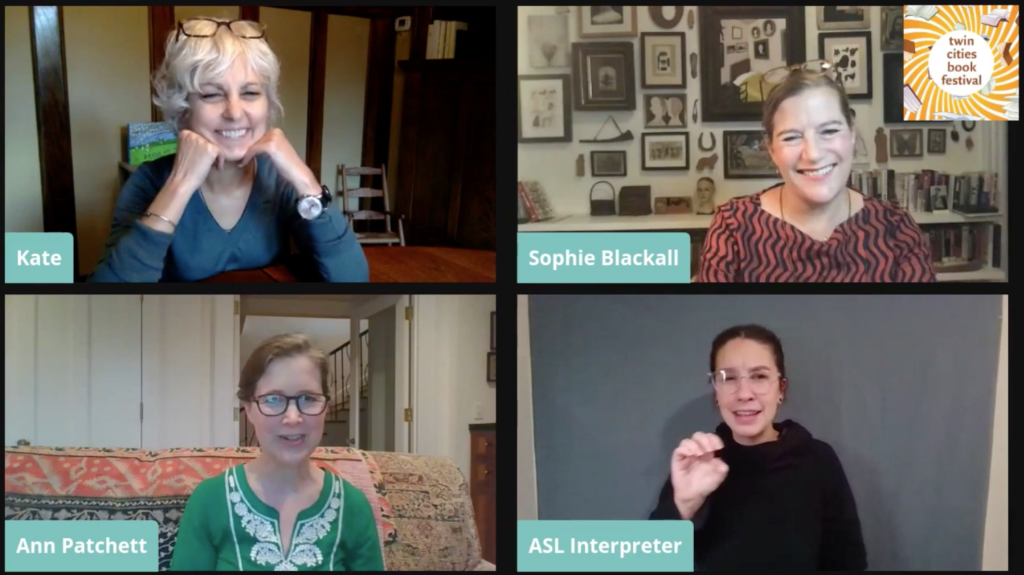
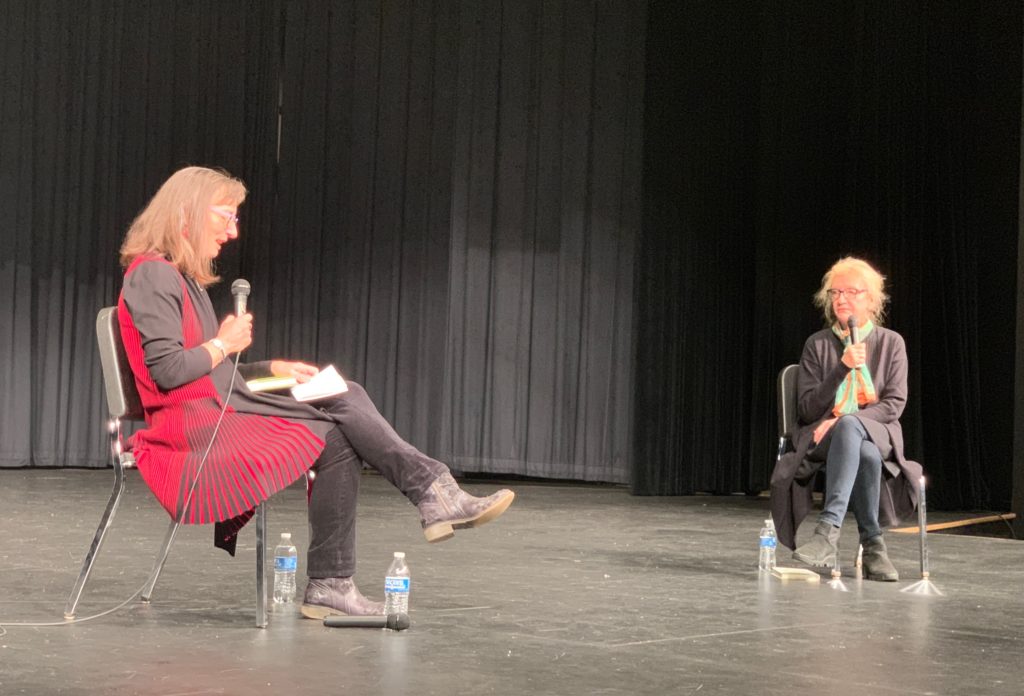
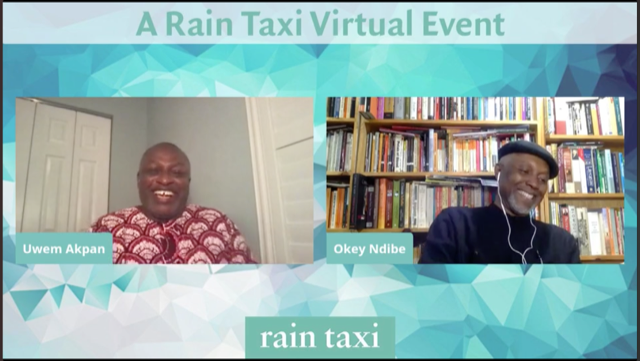
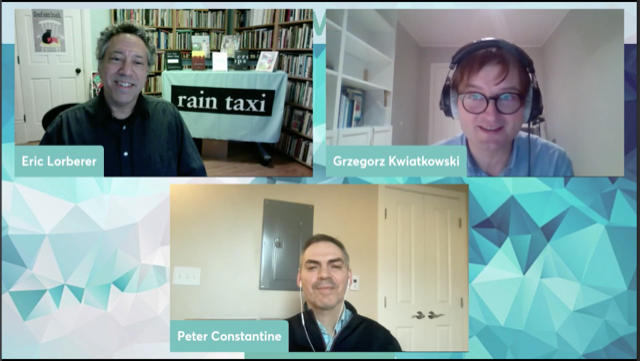
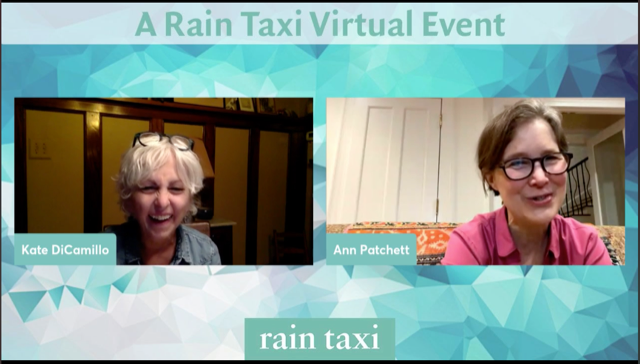
 by Benjamin P. Davis
by Benjamin P. Davis 
